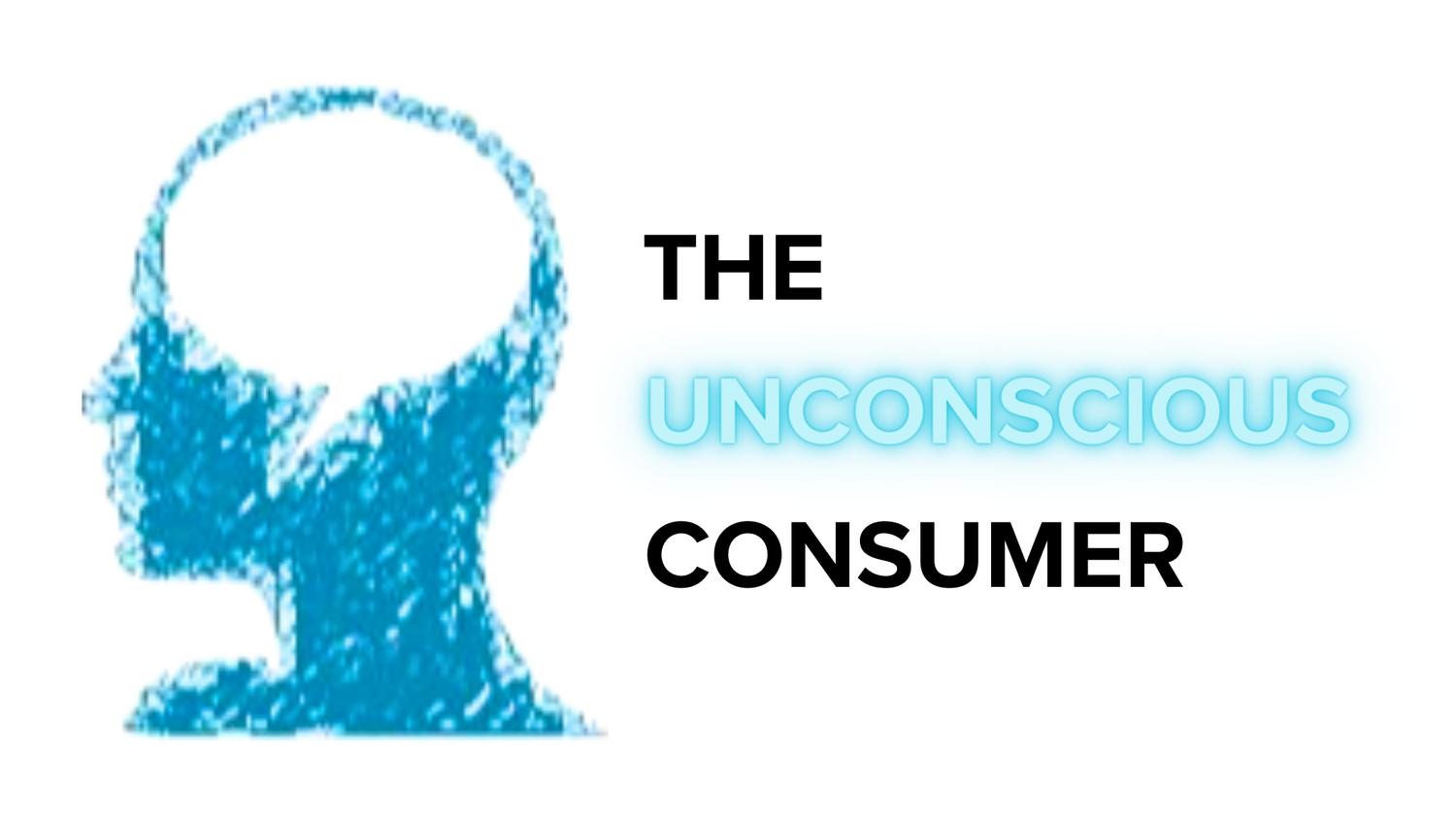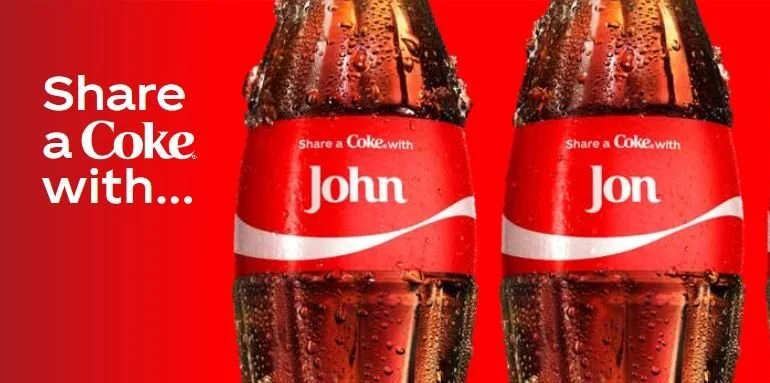Emotions in Motion: How Mirror Neurons Drive Consumer Behaviour
The intersection of neuroscience and marketing unveils an intriguing character: the mirror neuron. These remarkable cells within our brains become activated not only when we carry out an action but also when we observe someone else performing the same action. Essentially, they form a bridge between empathetic marketing strategies and consumer engagement, stimulating an 'internal cinema' that projects observed experiences onto our own cognitive landscape.
Understanding Mirror Neurons
In the early 1990s, a remarkable discovery was made in the field of neuroscience - the existence of mirror neurons. These were first detected in the premotor cortex of macaque monkeys by a team of Italian researchers. The neurons exhibited an intriguing characteristic; they were activated not only when the monkeys themselves performed an action, but also when they observed another monkey performing the same action.
“Our ‘selves’ are not just within us, they also reside within others. The mechanism of mirroring is the mechanism through which we become social creatures who can interact and understand each other.”
This led to a groundbreaking inference: these neurons were providing a neural foundation for understanding others' actions and empathy. It's as if the monkeys could mentally put themselves in the place of others, understanding their actions and motivations from an inside perspective. This unique ability is believed to be a critical evolutionary adaptation that has allowed species to live together in complex social groups.
Why is this relevant, you might ask? Consider this: when we, as consumers, see others enjoying a product or service, our mirror neurons fire in a similar way. They cause us to 'experience' the joy and satisfaction the other person is feeling. This is what makes testimonials and influencer marketing so effective. We see others benefitting from a product, and our brains instinctively tell us that we can have the same enjoyable experience. Therefore, understanding mirror neurons can open new doors to making your product or service more relatable, and ultimately, more appealing to consumers.
Mirror Neurons and Empathy in Everyday Life
In everyday life, mirror neurons play a pivotal role in social interaction. They facilitate empathy, allowing us to 'feel' the emotions of others and respond accordingly. By mirroring others' actions in our brain, we can better understand their intentions, fostering smoother social communication. This fundamental aspect of human nature greatly influences how we form relationships and navigate our social environments.
Mirror Neurons in the Consumer's Brain
From a consumer behaviour perspective, mirror neurons act as a conduit between empathetic connections and purchase decisions. When we observe others enjoying a product, our mirror neurons fire, inducing a desire to replicate their experience. A study published in the prestigious journal 'Neuron' found that the activation of specific brain areas associated with reward anticipation could predict purchase decisions. This supports the idea that when consumers watch advertisements with people expressing positive emotions about a product, their own emotional responses echo those observed, which has been linked to an increased likelihood of purchase.
The Power of Storytelling and Relatable Characters in Advertising
The 'Share a Coke' campaign revolutionized Coca-Cola's packaging by replacing the brand's iconic logo with popular names.
Harnessing the power of mirror neurons, empathetic storytelling, and relatable characters in advertising can lead to more effective marketing strategies. By embedding products or services in narratives that evoke emotion, marketers can trigger mirror neurons, enhancing emotional engagement and encouraging a positive brand association.
Consider the globally renowned "Share a Coke" campaign by Coca-Cola. The 'Share a Coke' campaign masterfully capitalized on the relationship between consumer identity and product ownership. By printing common names on the labels, Coca-Cola invited consumers to personally identify with their product, fostering a deeper connection and elevating the likelihood of purchase.
Practical Applications: Harnessing Mirror Neurons in Marketing Strategies
With an understanding of mirror neurons and their role in shaping consumer behaviour, marketers can design campaigns that resonate with consumers on an emotional level. This involves crafting authentic narratives that reflect consumers' experiences or aspirations. Furthermore, incorporating relatable characters that consumers can empathize with can heighten the effectiveness of marketing content.
For example, Apple's "Shot on iPhone" campaign showcased user-generated photos and videos, reflecting relatable experiences and emotions. By providing an avenue for consumers to see others like them enjoying their product, Apple capitalized on the mirror neuron phenomenon, leading to increased engagement and product interest.
Apple's "Shot on iPhone" campaign features photos and videos taken by regular iPhone users, showcasing the device's superior camera capabilities in real-life situations.
The Future of Mirror Neurons in Marketing
Looking ahead, the potential for integrating mirror neuron research into marketing is immense. With the rise of immersive technologies like virtual and augmented reality, there are more opportunities than ever to craft experiential narratives that activate mirror neurons and foster deep consumer engagement.
Moreover, as our understanding of mirror neurons and their impact on consumer behaviour deepens, we can expect to see even more personalized and empathetically-driven marketing strategies. Such strategies will not only be geared toward selling products or services but also towards forging lasting emotional connections with consumers.
Conclusion
Mirror neurons serve as a testament to the profound intertwining of neuroscience and marketing. By bridging the gap between empathetic marketing and consumer engagement, they offer invaluable insights into developing effective marketing strategies. Just as a captivating movie played in our "internal cinema" can move us, so can a well-crafted marketing narrative spark emotional engagement and forge lasting connections with a brand. By intertwining the fascinating worlds of neuroscience and marketing, businesses can appeal to consumers' deeply ingrained social instincts, enhancing their marketing strategies and forging deeper connections with their audiences.
In the end, the power of mirror neurons reminds us that at the heart of every transaction is a human connection. This empathetic resonance leaves a lasting impression, long after the "movie" has ended.
Want to share your thoughts? Feel free to share them in the comments section below or on social media.









In the latest installment of our weekly Undercurrents series, we delve into Tesla's controversial claims about vehicle range. This shadow on Tesla's reputation for innovation and quality may signal a breakdown in corporate honesty, or perhaps a wake-up call for a new era of consumer vigilance. Explore how the very concept of trust is evolving in our technology-driven world, and why the Tesla range saga demands a more critical approach to brand promises. Unearth the truth in a marketplace where authenticity may be more elusive than ever before.